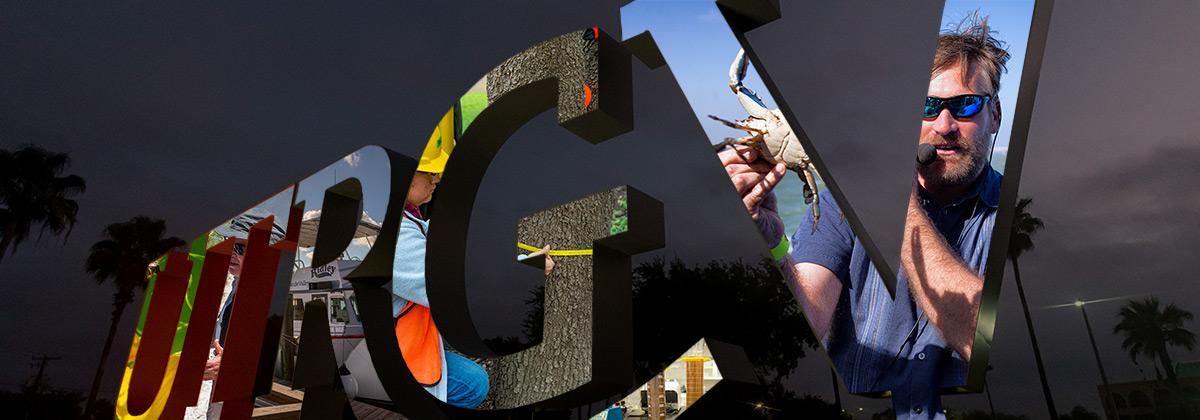
School of Earth, Environmental, and Marine Sciences Faculty Publications and Presentations
Document Type
Article
Publication Date
6-2024
Abstract
Objective
In 2000, the Laguna Atascosa National Wildlife Refuge acquired the Bahia Grande (Texas) management unit, a space that had lain barren and arid for 70 years. A large cooperative partnership launched a restoration project to replenish the basin and recover its original tidal hydrology. In 2005, the construction of a pilot channel successfully restored water throughout the basin, and plans to eventually widen the channel were developed. Our study aims to evaluate an estuarine habitat restoration by assessing ecological drivers and the impacts on species diversity.
Methods
We evaluated species richness, detection/occupancy rates, and species–habitat relationships, and we estimated the sampling effort required to achieve a given level of relative precision if relative abundance was used instead of occupancy to inform future sampling. Sampling gear included bag seines for juvenile life stages and gill nets for capturing subadult and adult life stages. For analysis, we used a Bayesian negative binomial linear mixed-effects model to evaluate richness–habitat relationships and a hierarchical Bayesian multispecies model to evaluate individual species–habitat relationships, and we calculated the total number of fish captured and relative standard error by gear and sample year to produce a precise estimate of relative abundance.
Result
Overall, 29 species were caught between 2018 and 2021. Salinity emerged as a clear driver in the Bahia Grande, as both species richness and individual-level responses were negatively associated with high salinity values. We found that catch estimated as relative abundance had much variability, as is typical of most survey programs assuming constant detectability, and the number of net sets or seine hauls required to achieve a given level of relative precision varied considerably depending on the species, season, year, and gear type. The most collected species were found in the upper extremes of their salinity tolerances—potentially a unique adaptation to this hypersaline system.
Conclusion
Baseline data suggest that for the channel widening to be successful, there must be a noticeable increase in suitable habitat characteristics throughout the basin.
Impact statement
Habitat restoration is a unique opportunity to assess changes in aquatic communities. We used hierarchical Bayesian models to describe prerestoration community relationships for one of the largest coastal restorations in Texas. This flexible framework can be applied to other complex habitat restorations.
Recommended Citation
Ulibarri, R. M., Eckert, C., Hicks, D., Montagne, M., Jones, B., & Stewart, D. R. (2024). Using Bayesian multispecies models to evaluate fish and invertebrate detection probability and distribution in the hypersaline Bahia Grande tidal basin. Marine and Coastal Fisheries: Dynamics, Management, and Ecosystem Science, 16, e10288. https://doi.org/10.1002/mcf2.10288
Publication Title
Marine and Coastal Fisheries Marine and Coastal Fisheries
DOI
10.1002/mcf2.10288


Comments
© 2024 The Authors. Marine and Coastal Fisheries published by Wiley Periodicals LLC on behalf of American Fisheries Society. This article has been contributed to by U.S. Government employees and their work is in the public domain in the USA.
This is an open access article under the terms of the Creative Commons Attribution License, which permits use, distribution and reproduction in any medium, provided the original work is properly cited.